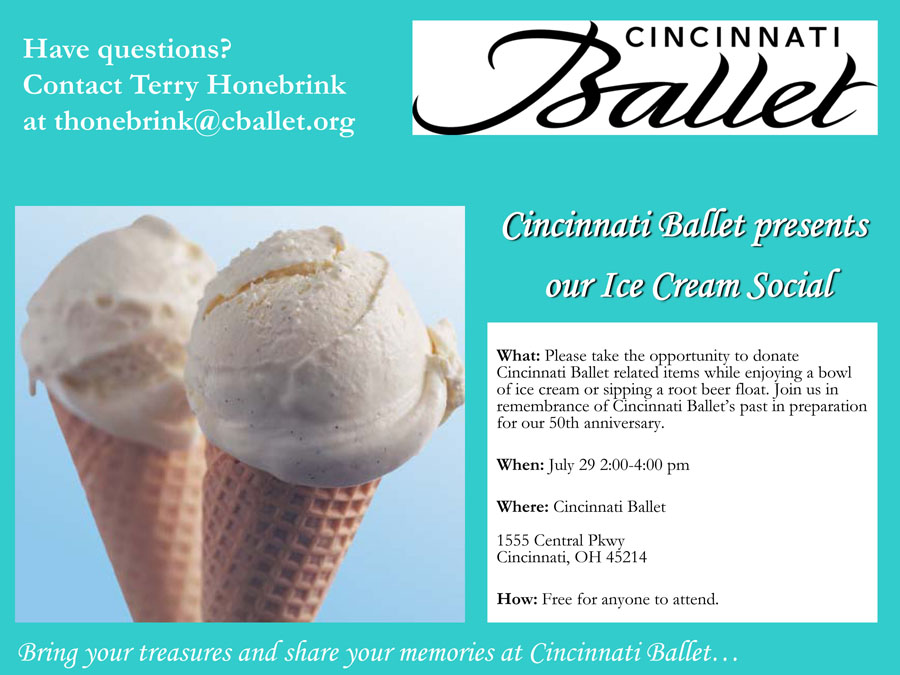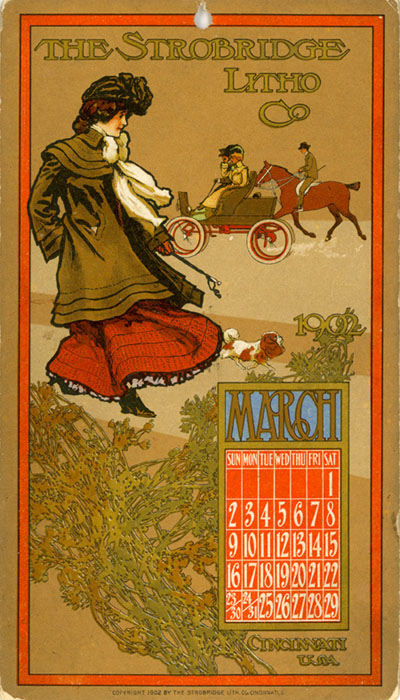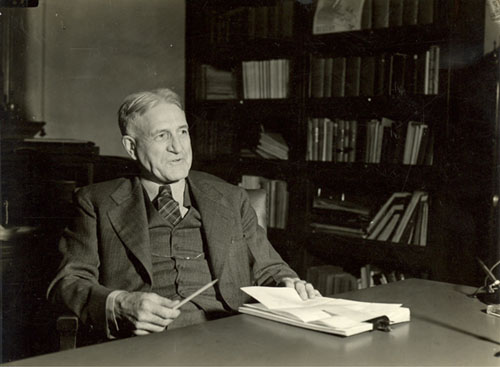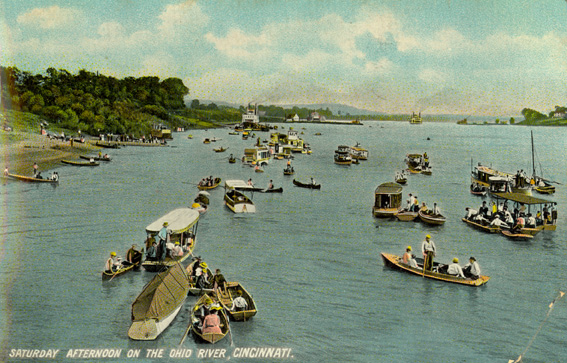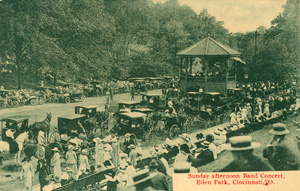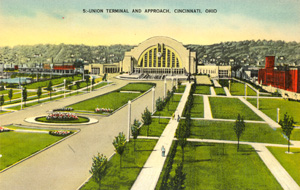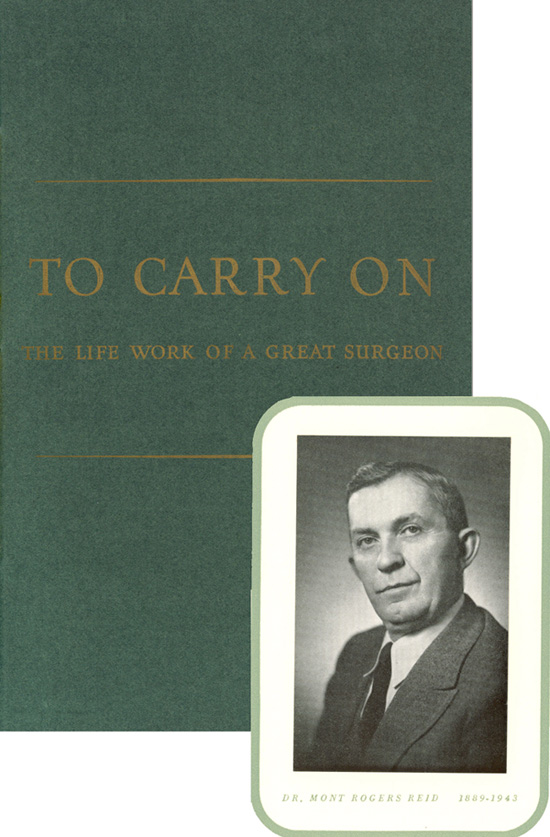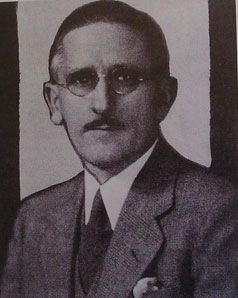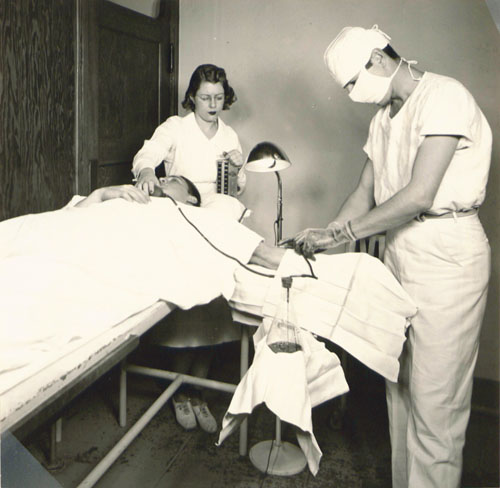UC Magazine recently published a story celebrating the Richardson Stones in Burnett Woods. Read the story below or to view the original story, go to magazine.uc.edu/favorites/web-only/richardsons_rocks.html You can also find a collection on the Richardson Stones at the Archives and Rare Books Library. The finding aid is available on the OhioLINK Finding Aid Repository.
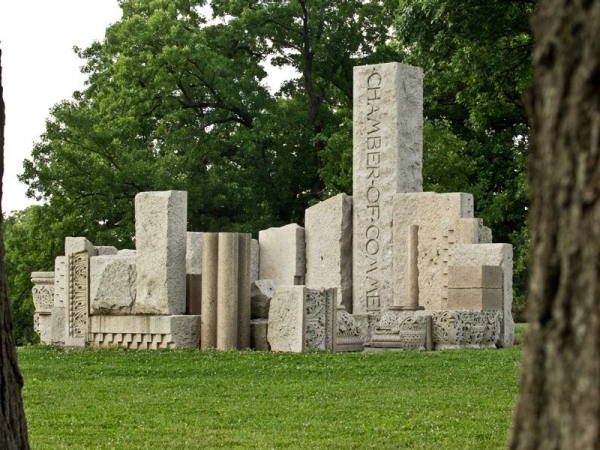
UC architecture faculty and students who integrated H.H. Richardson and his works into their ongoing studies completed this memorial in Burnet Woods Park in 1972. photo/Jay Yocis
Former UC architectural history professor Bill Rudd shares the story behind the student-led construction of the Burnet Woods memorial to famed architect H.H. Richardson’s Cincinnati Chamber of Commerce Building. Henry Hobson Richardson is highly regarded, along with Louis Sullivan and Frank Lloyd Wright, as one of “the recognized trinity of American architecture.” The style he popularized is named for him: Richardsonian Romanesque.
Among the last buildings Richardson designed was the one-time Cincinnati Chamber of Commerce building on 4th Street. That building, dedicated in 1889, would stand among the most significant public structures in the region — along with works like the Suspension Bridge, the Carew Tower, City Hall, Music Hall and Union Terminal — had it not been destroyed by fire a century ago, in 1911. The memorial was completed in 1972.

